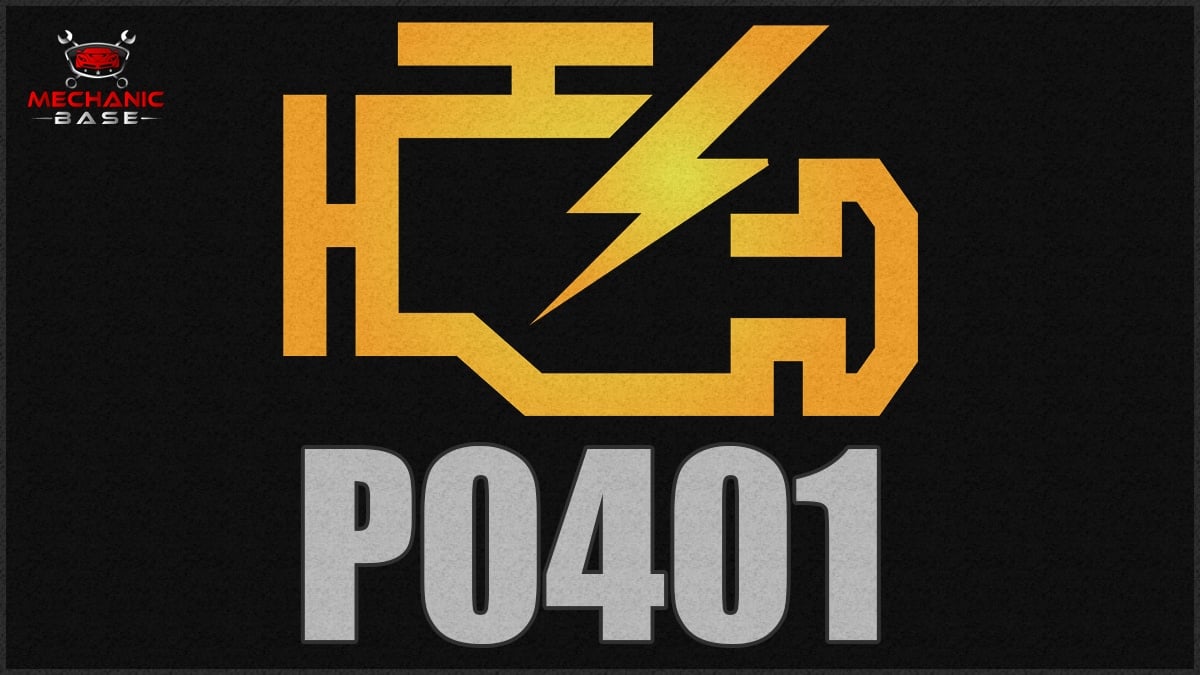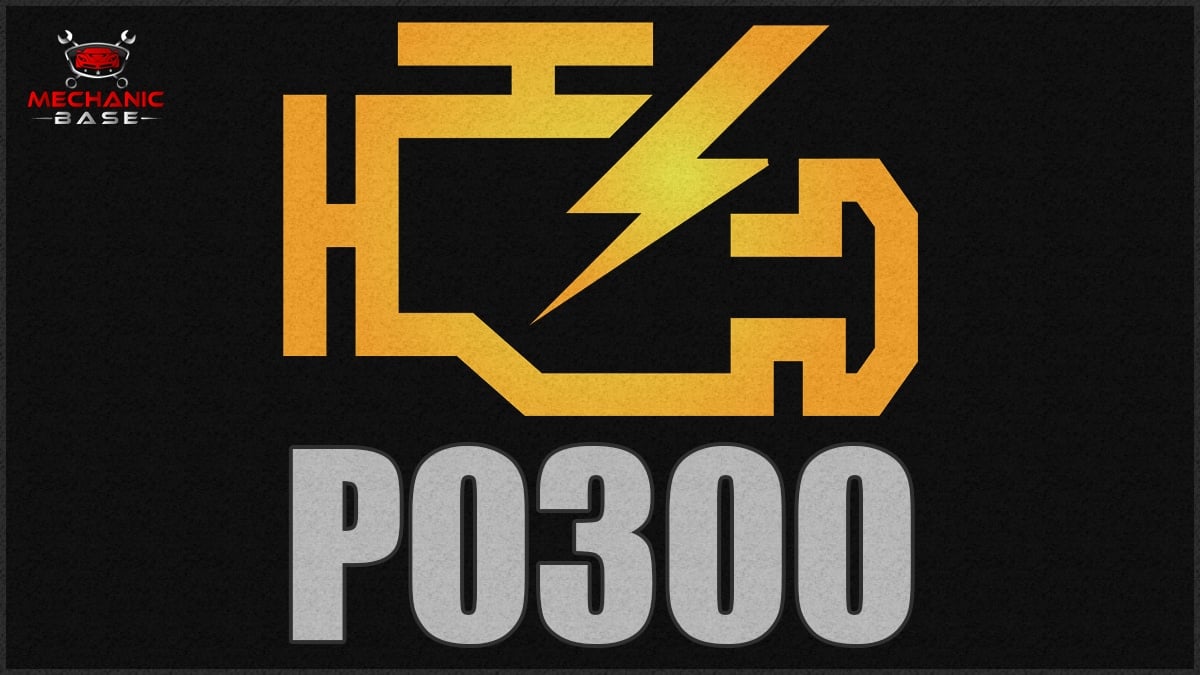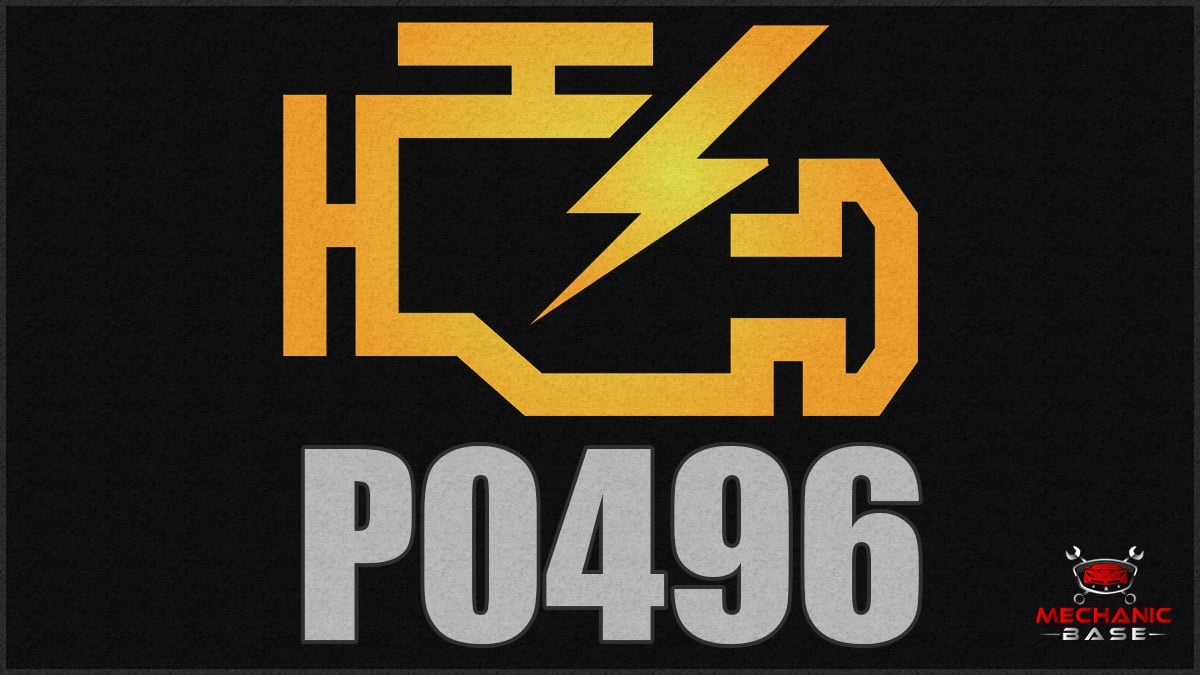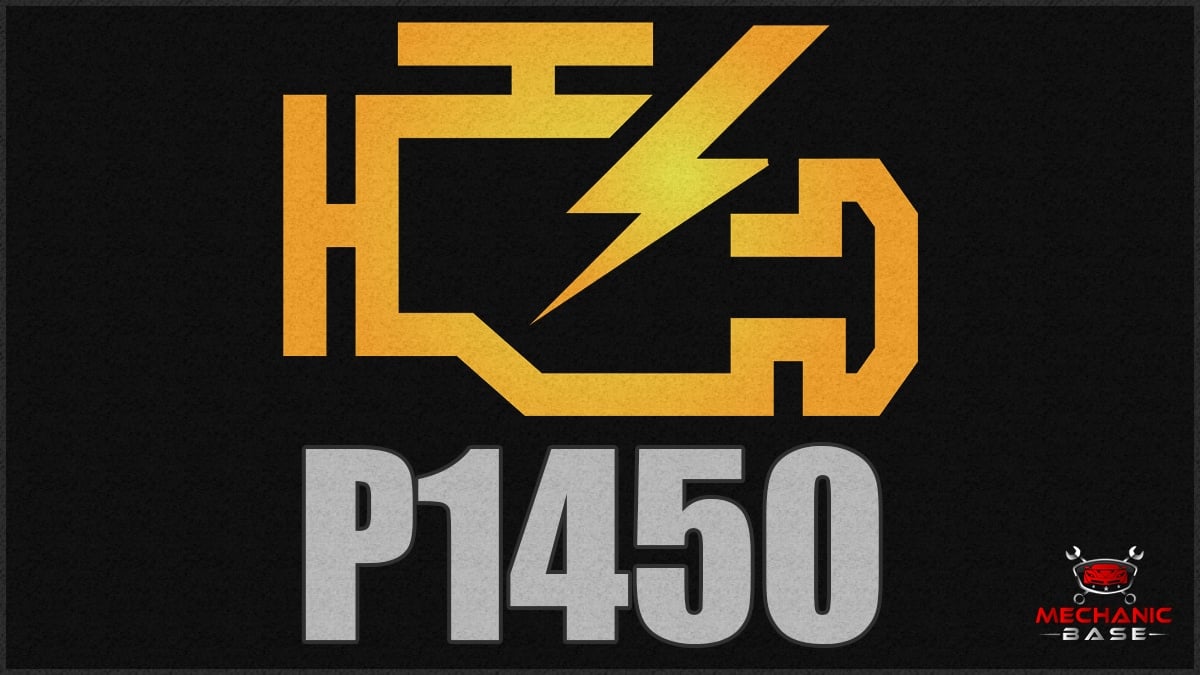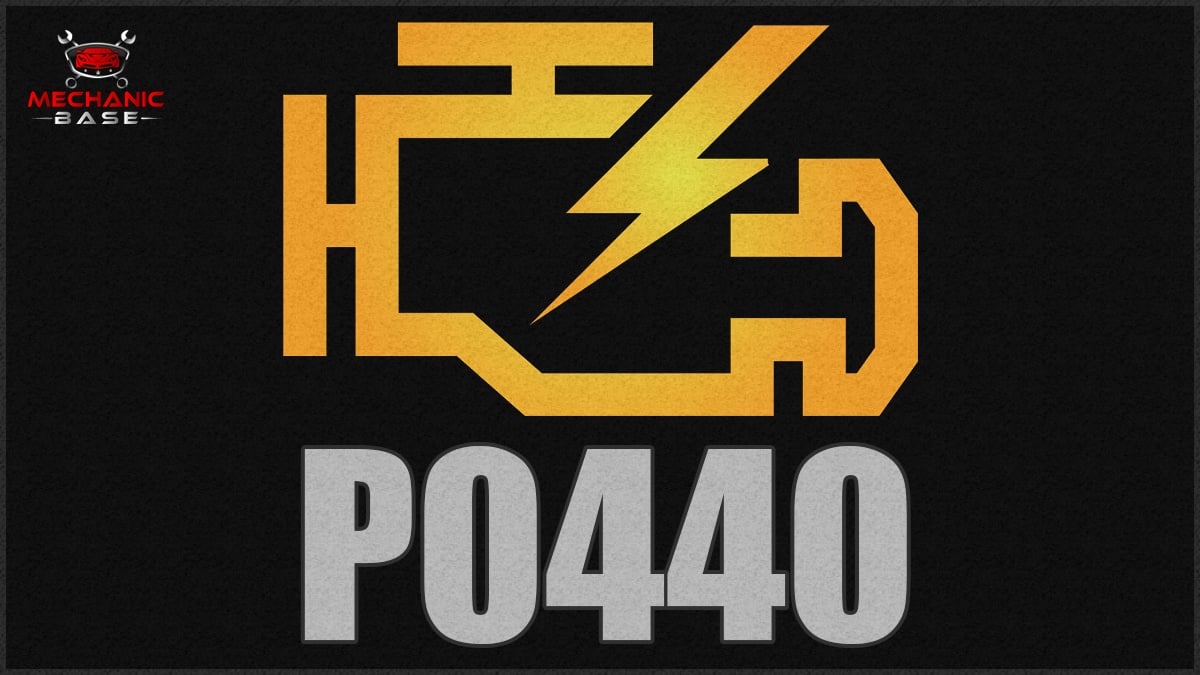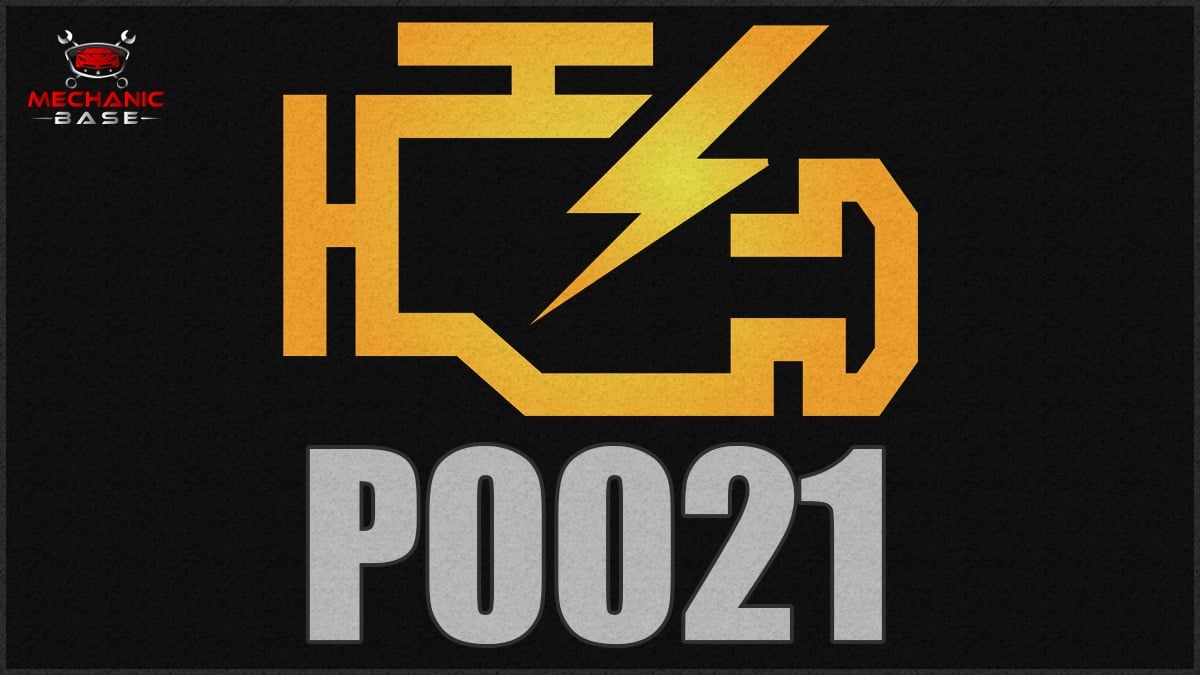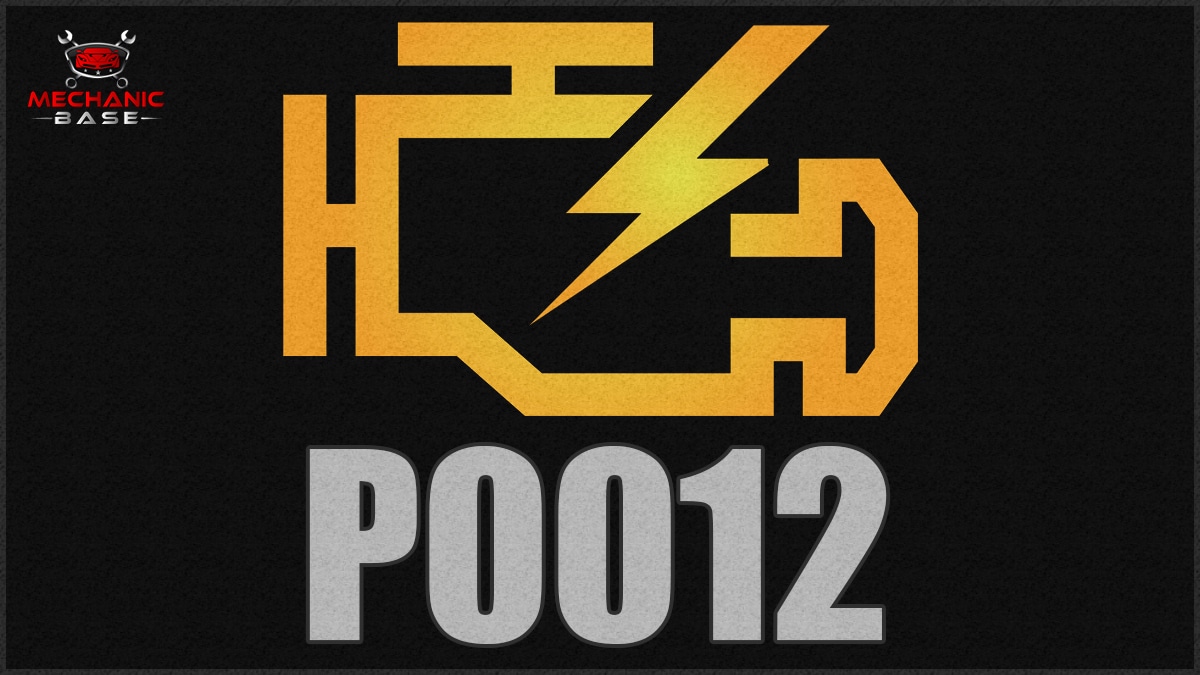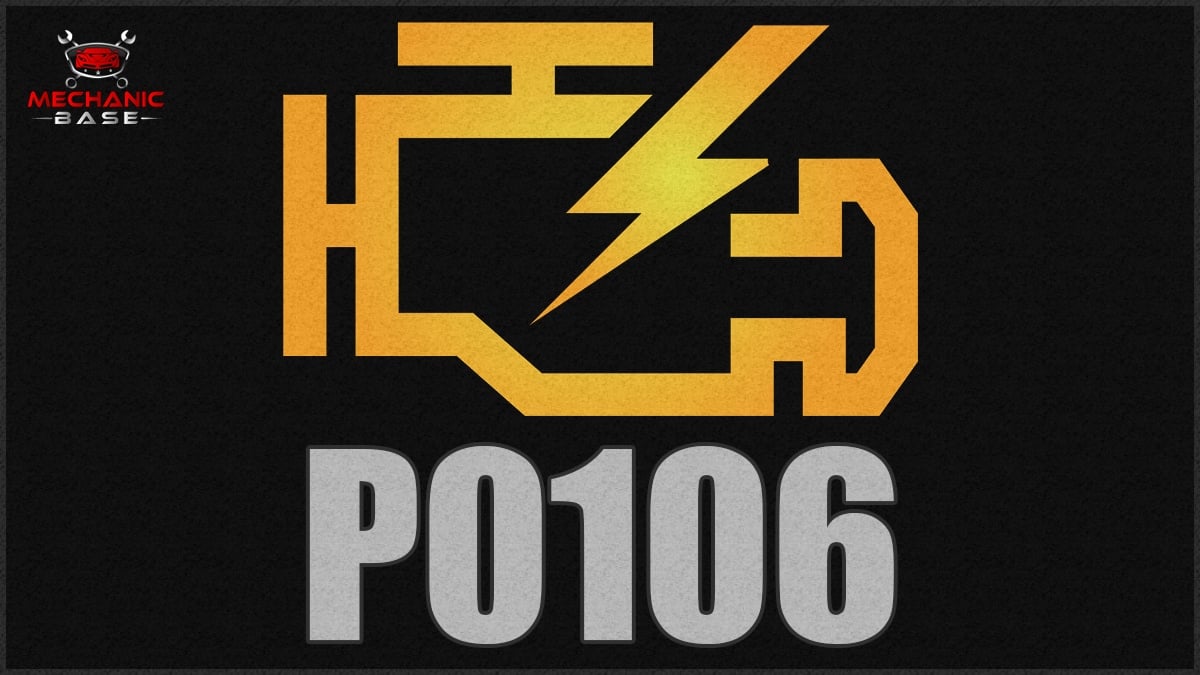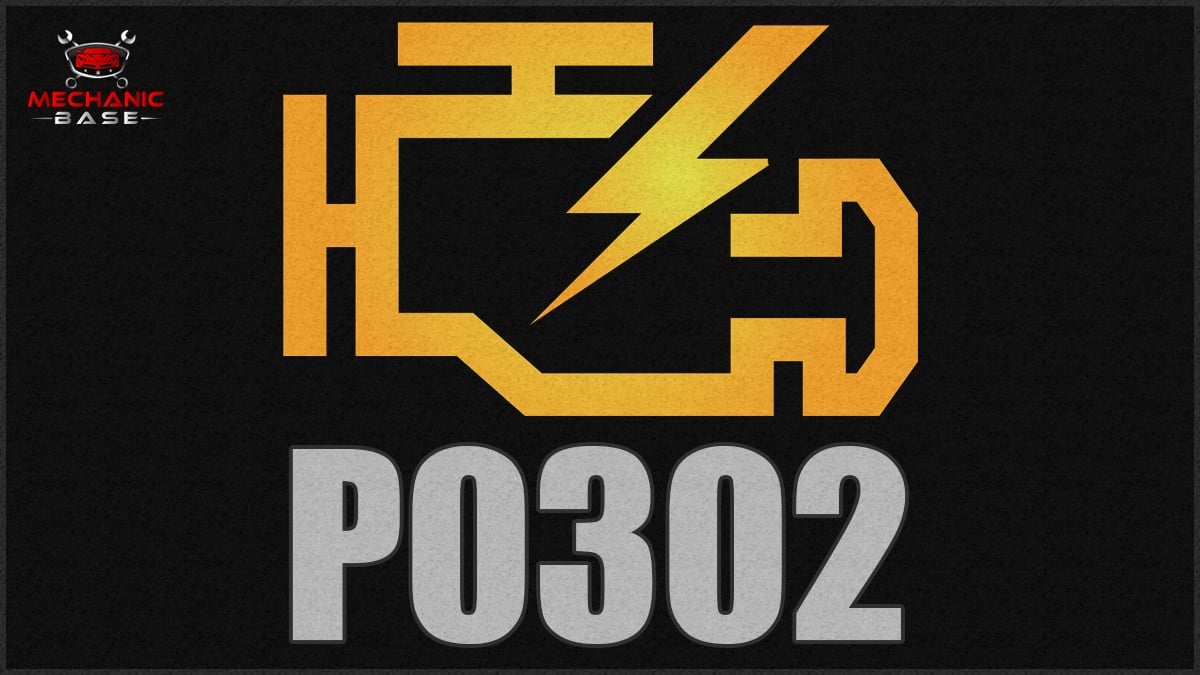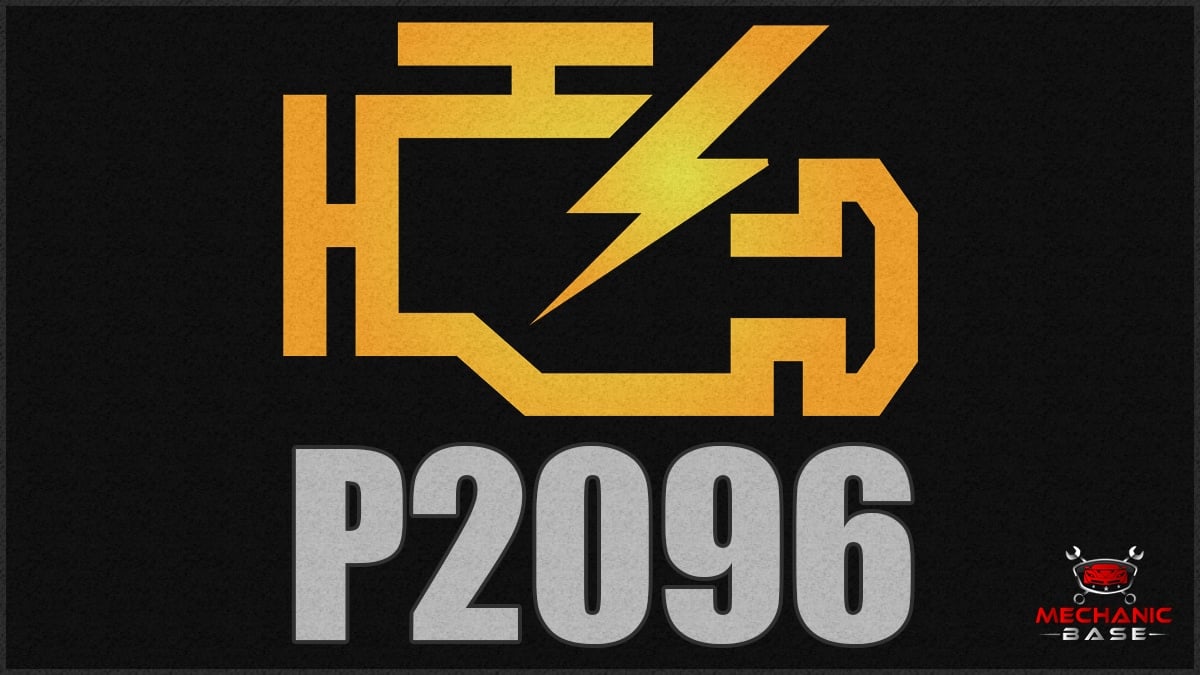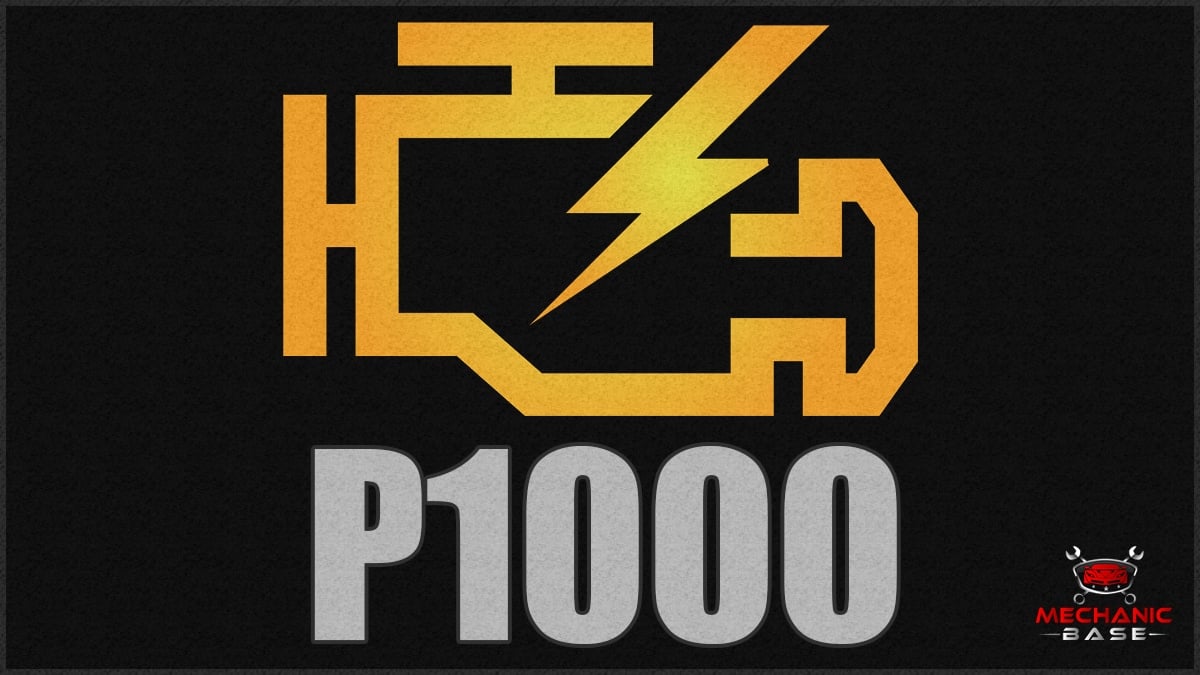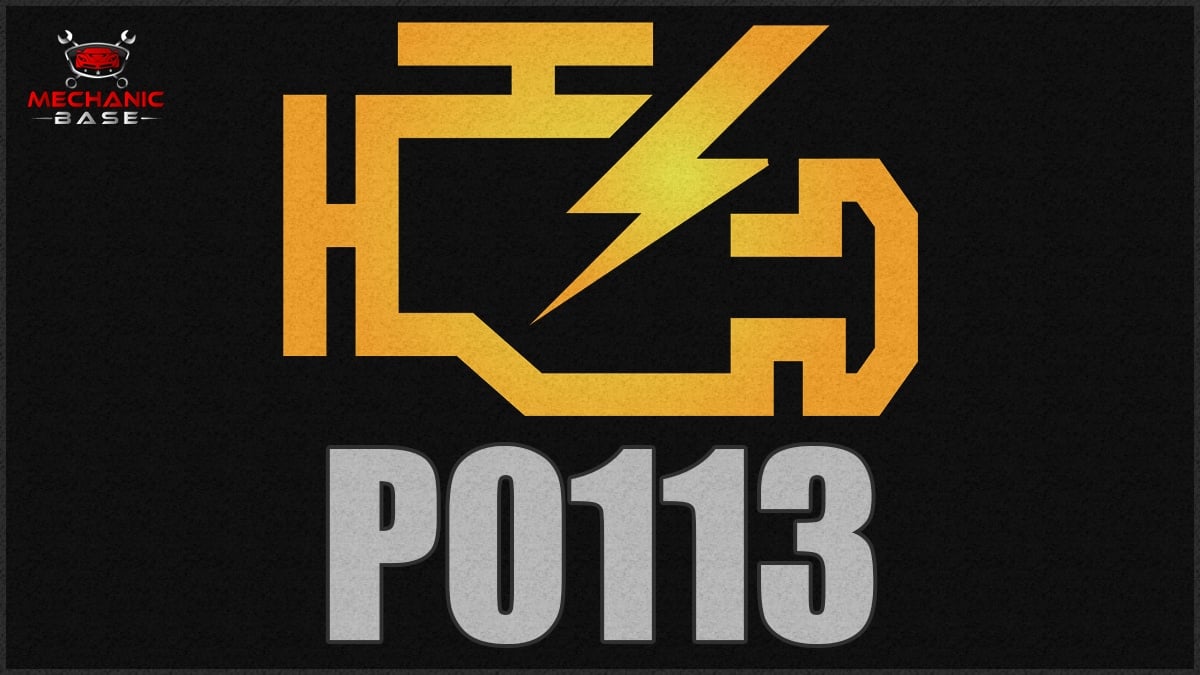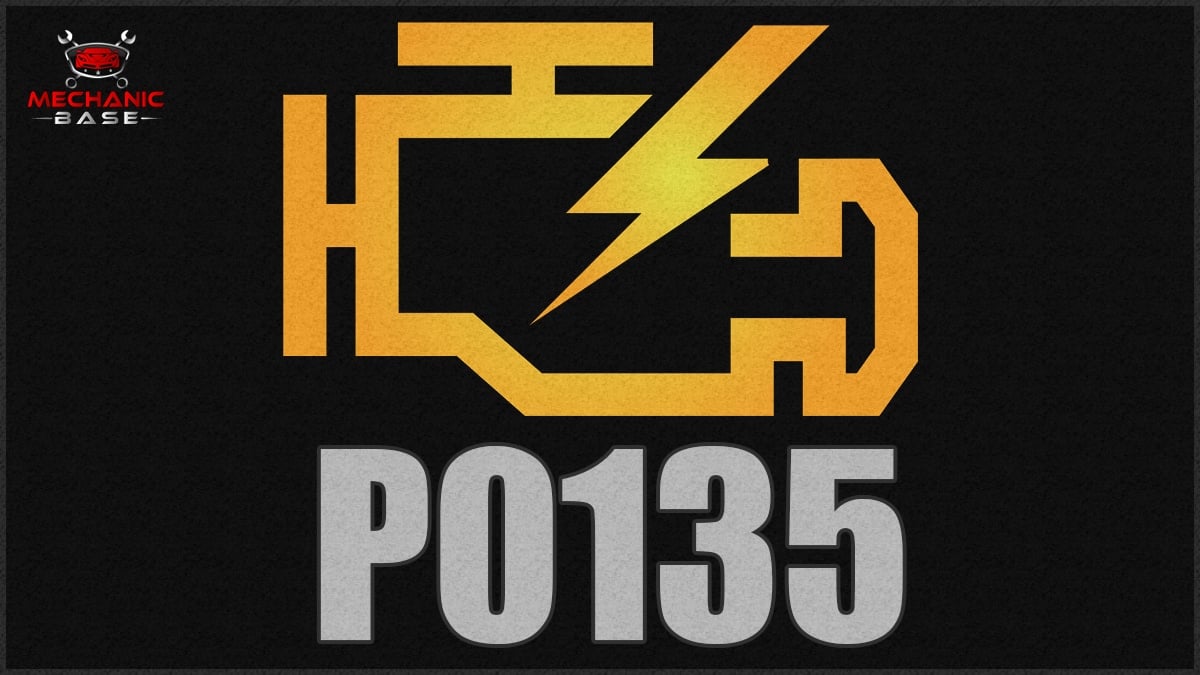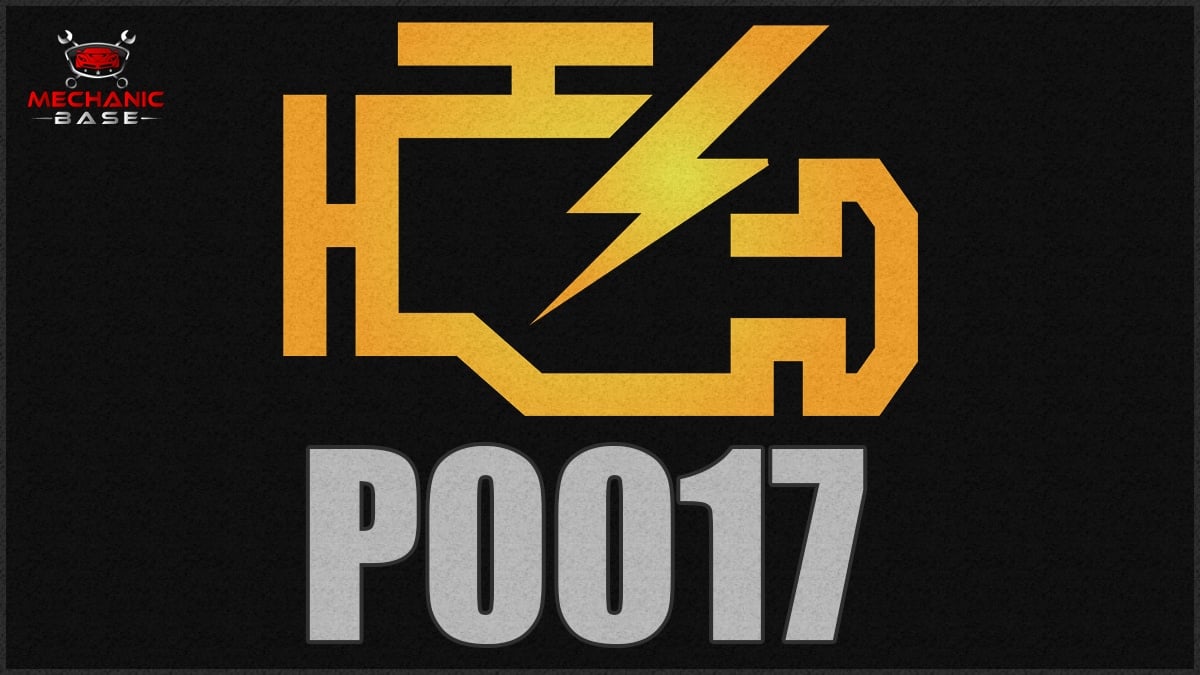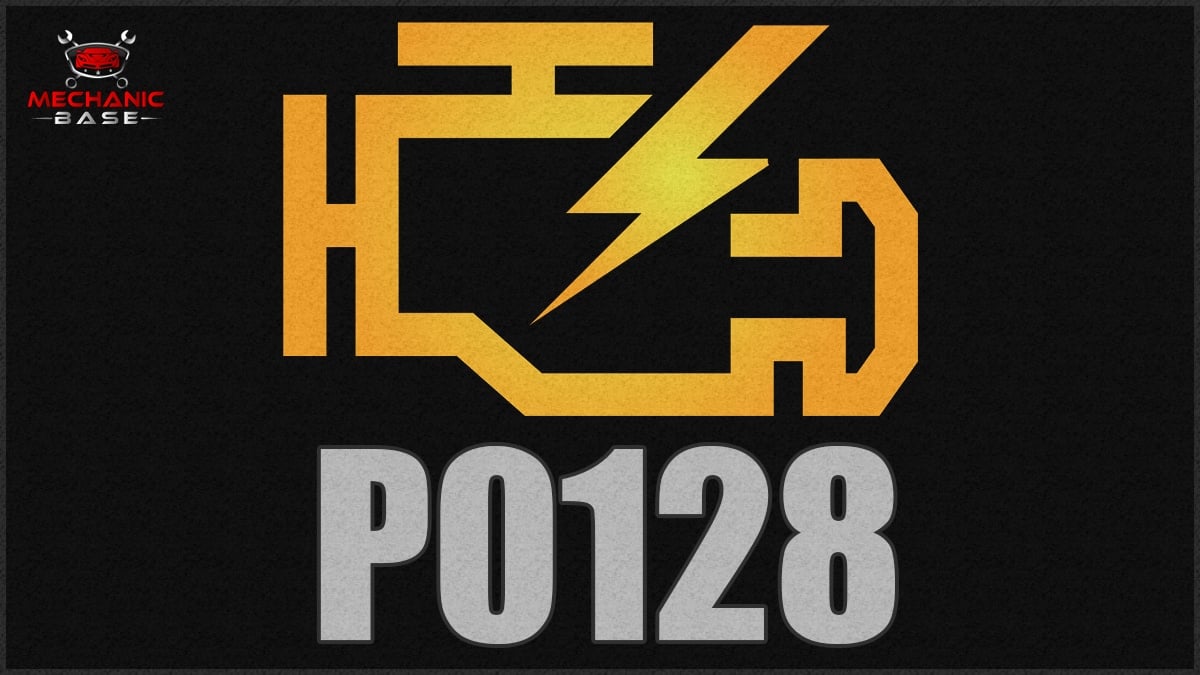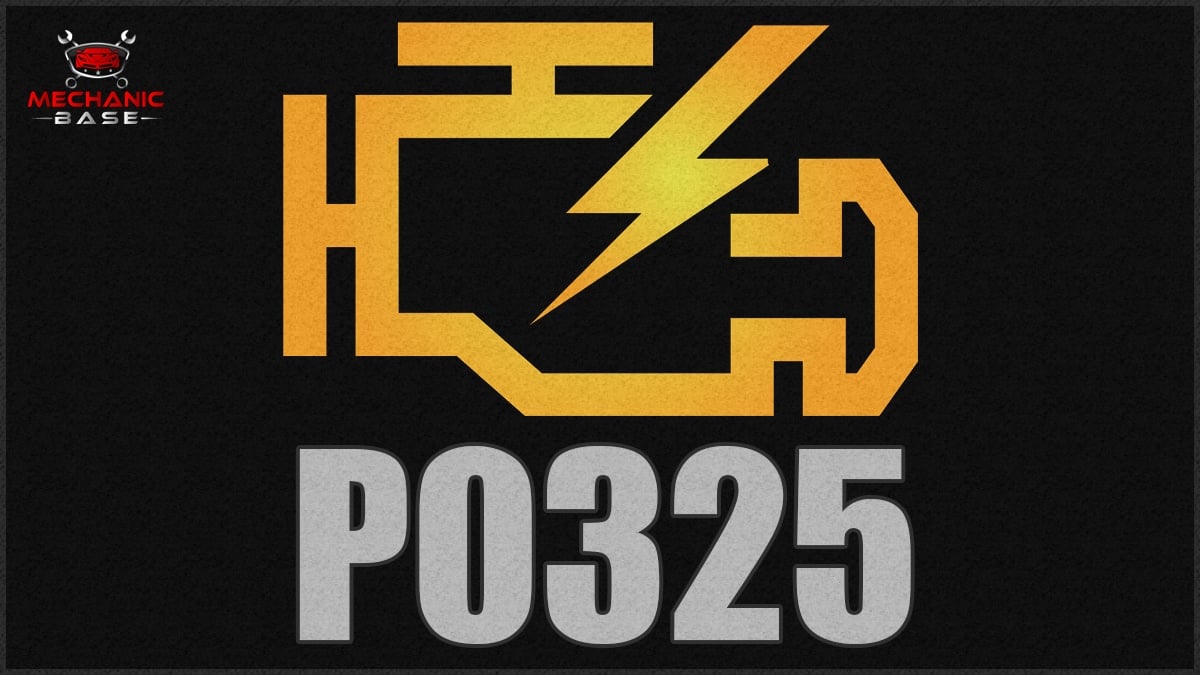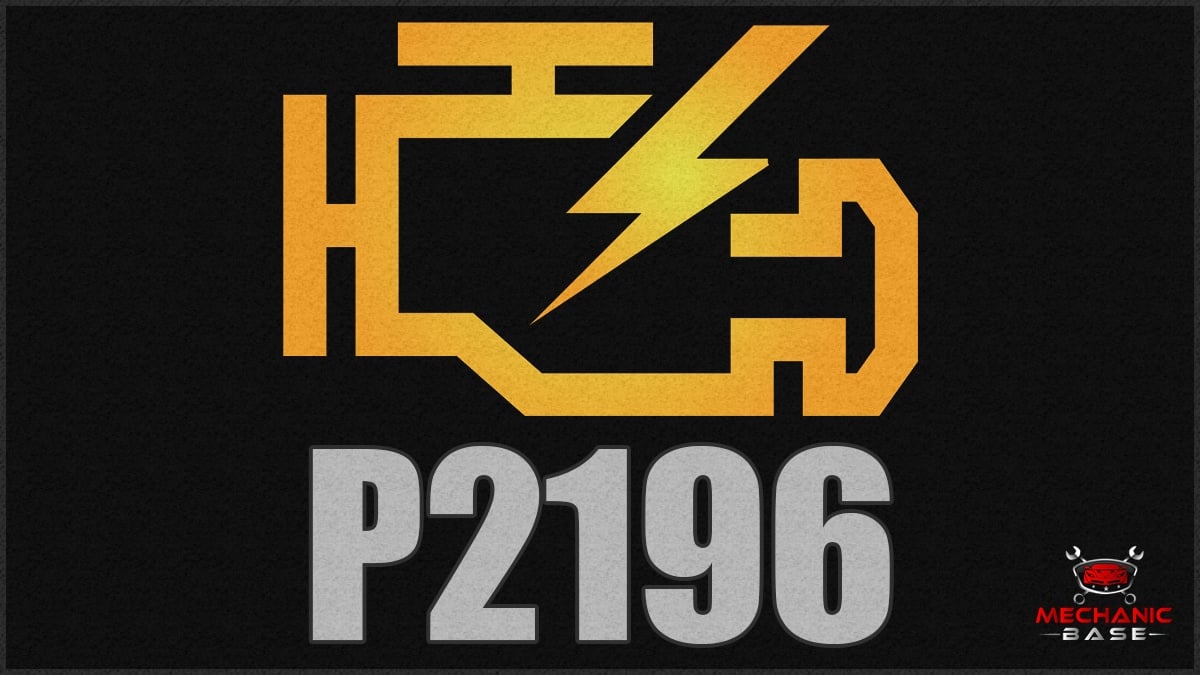Your Check Engine Light has just come on and you are panicking. A quick check with your compatible code scanner will reveal if there’s a major problem. Once you find the P0401 code, you need to know what to do next.
In this guide, we cover the meaning of the P0401 trouble code and look at its top causes. We also evaluate how to diagnose it, what might fix it and the average repair cost, so you can be well informed.
Code P0401 Definition
P0401 – Exhaust Gas Recirculation (EGR) Flow Insufficient Detected
What Does the P0401 Code Mean?
The P0401 DTC means that the computer detected an insufficient amount of exhaust gas recirculation (EGR) flow in the system. In most cases, the ECM/PCM recognizes the failure from two consecutive trips through the feedback loop before setting the code and turning on the Check Engine Light.
The exhaust gas recirculation (EGR) system is responsible for reducing the amount of nitrogen oxides (NOx) in the exhaust gases. It’s a part of the emissions control systems. In this system, the burnt exhaust gases flow back into the engine, thereby reducing the combustion temperature of the motor while lowering emissions.
Some other codes that could show up with this system include:
- P0400 – Exhaust Gas Recirculation “A” Flow
- P0402 – Exhaust Gas Recirculation “A” Flow Excessive Detected
- P0403 – Exhaust Gas Recirculation Circuit Malfunction
- P0404 – Exhaust Gas Recirculation “A” Circuit Range/Performance
What Are The Symptoms Of P0401?
The most obvious symptom of the P0401 trouble code is the Check Engine Light that comes on to tell you something is wrong. However, you may notice some other minor issues, including these top symptoms:
- Check Engine Light
- Failed emissions test
- Reduced engine power
- Engine pinging or knocking (while accelerating)
What Are The Causes of P0401?
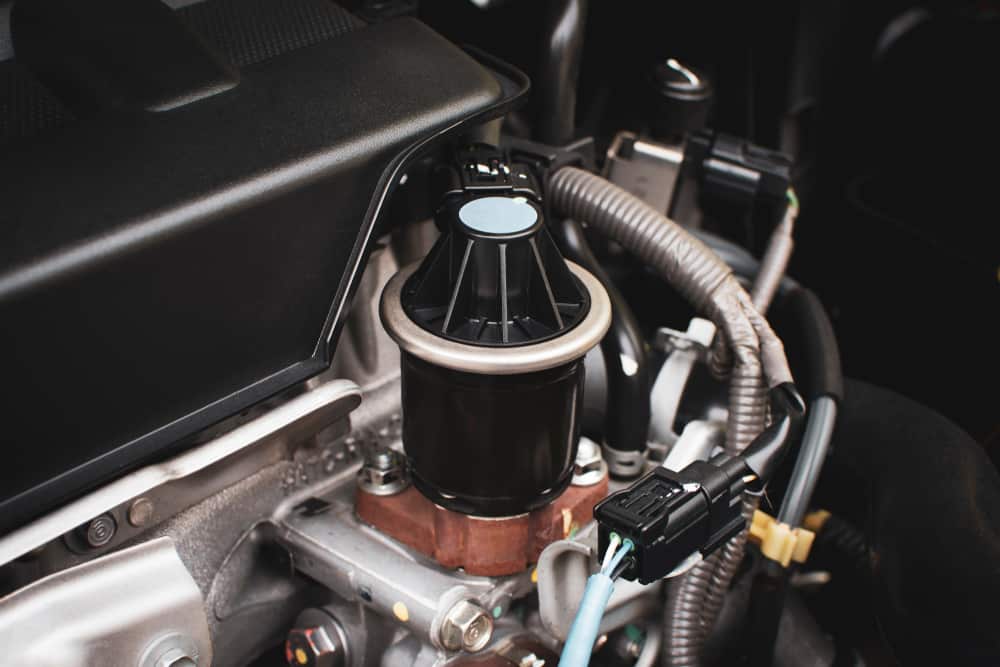
Because this trouble code relates to the EGR system, you can rightly assume that there’s a part within the system that’s probably the culprit of your problems. However, there are multiple issues that could be occurring, so a complete diagnosis is required. Here are a few of the most common causes:
- Clogged EGR passages
- Inadequate vacuum supply
- Defective EGR valve
- Failing differential pressure sensor
- Malfunction manifold absolute pressure sensor
- Bad or disconnected wiring
- PCM issues (rare)
How Serious is the P0401 Code?
Medium – If all you are noticing is the Check Engine Light, you probably don’t need to worry too much. Yet, that doesn’t mean that you should continue driving the vehicle without any care. Yes, you can probably wait a short time on the repairs but don’t continue to put them off.
It’s not good for your car or for the atmosphere to continue driving with this problem. Additionally, the car won’t pass emissions testing, so it’s best to fix it right away.
How Do I Fix the P0401 Code?
To properly fix the P0401 trouble code, you must first know what’s wrong, which is why our helpful diagnostics guide (below) can help you figure it out. Here are the most popular fixes we’ve found working as professional mechanics.
- Clean EGR passages
- Repair vacuum supply
- Replace EGR valve
- Replace differential pressure sensor
- Replace manifold absolute pressure sensor
- Repair/replace wiring
- Update/replace PCM
Common P0401 Diagnosis Mistakes
Sometimes we all put the cart before the horse, but there’s no room for this when diagnosing a car. Yes, the problem is related to the EGR system, but you shouldn’t just replace the valve without taking a closer look.
There are simpler possibilities to look into first. If you only need to clean out the system, you could save yourself a lot of time and money.
How to Diagnose the P0401 Trouble Code?

If you want to figure out what’s causing the P0401 trouble code, you don’t need a lot of fancy equipment. Here are some simple steps to get you started.
- Read all of the trouble codes with your scanner. If multiple codes are present, you may be able to use our online DTC library to figure out what’s wrong.
- Clean the EGR valve. With your service manual, you can find the EGR valve and look for carbon build-up. If there’s a build-up, use throttle body cleaner to remove the contamination.
- Using the diagram in your service manual to check the EGR temperature sensor for carbon build-up. If there’s contamination on the sensor, it can throw unusual readings.
- Visually inspect all of the electrical wiring and connectors. If you notice anything frayed, damaged or loose, fix it.
- Check the vacuum hoses. If there’s an interruption to the airflow, it can cause the P0401 trouble code. You would need to repair the hoses to resume proper vacuum.
For larger issues, it may be best to reach out to a local repair shop. Having some of these components diagnosed and replaced can be too much for the average home mechanic.
How Much Does It Cost To Fix Code P0401?
The cost to repair your vehicle depends on what type of car you drive, the average labor rate in your area and what needs to be replaced. While we’ve thrown a few estimates down below, you can save even more if you are willing to perform these fixes on your own.
- Clean EGR passages – $65 to $175
- Repair vacuum supply – $125 to $375
- Replace EGR valve – $300 to $450
- Replace differential pressure sensor – $220 to $400
- Replace manifold absolute pressure sensor – $140 to $225
- Repair/replace wiring – $50 to $550
- Update/replace PCM – $250 to $2,500
A Mechanic’s Tips About The P0401 Code
Carbon build-up is a real concern when dealing with the P0401 trouble code. This DTC is triggered when the EGR temperature sensor sees an imbalance of recirculated gas in the system. However, this problem isn’t just caused by a defective EGR valve, but it can also be the result of carbon build-up that stops the EGR from opening when it should.
The heat that comes from the EGR gases is high, leaving behind an excessive film of carbon build-up on the sensors. It can also collect in the EGR passages, making it that much more important to clean the whole system if you see an error code. We recommend using throttle body cleaner before replacing any parts to see if that corrects the issue. You can find a diagram for the parts and passages in your car’s service manual.
Is code P0401 serious?
No, it’s not usually a big deal, but you want to have it repaired. In some cases, you may not notice any unusual symptoms, so you may think it’s okay to continue driving. Instead, get the problem fixes to ensure the vehicle runs right and to prevent unnecessary toxins from entering the earth’s atmosphere.
Can I drive with a P0401 code?
In many cases, you should be able to drive without any major issues. You may not even notice that there’s a problem with the car other than the Check Engine Light. Still, it’s best to have the vehicle repaired, not only to turn off the warning light but also to limit the amount of exhaust getting into the environment.
What causes insufficient EGR flow?
Any fault within the EGR system can reduce the flow. The problem could be caused by a failing vacuum line or a defective sensor. The EGR valve could be broken, there could be a build-up of carbon within the system or an electrical fault might be causing issues. In rare cases, the PCM requires an update.
Can a clogged catalytic converter cause a P0401 code?
It’s possible for a clogged catalytic converter to cause problems with the EGR system, but you will likely notice other problems before the P0401 DTC becomes an issue. There’s going to be a drop in acceleration, a sulfur smell or dark exhaust smoke when the catalytic converter is clogged.
Can a bad MAP sensor cause P0401?
Yes, a bad manifold absolute pressure (MAP) sensor is going to cause issues with the EGR system. It’s needed to help define the appropriate amount of fuel and air in the cylinders. Because the MAP sensor measures vacuum from the intake manifold, any abnormality could lead to an imbalance of the proper mixture.
You may not even notice that there’s a problem when the P0401 code sets in your engine’s computer, but you still want to take it seriously. Any imbalance of the exhaust gases in your vehicle leads to further pollution, and we should all do our part to care for the environment.
Diagnose the vehicle to see what’s wrong and have it repaired. Doing so turns off that Check Engine Light, so you know when something else fails. It also helps you get through emission testing with flying colors, so you can get back to enjoying the open road.
Categories: OBD Codes
